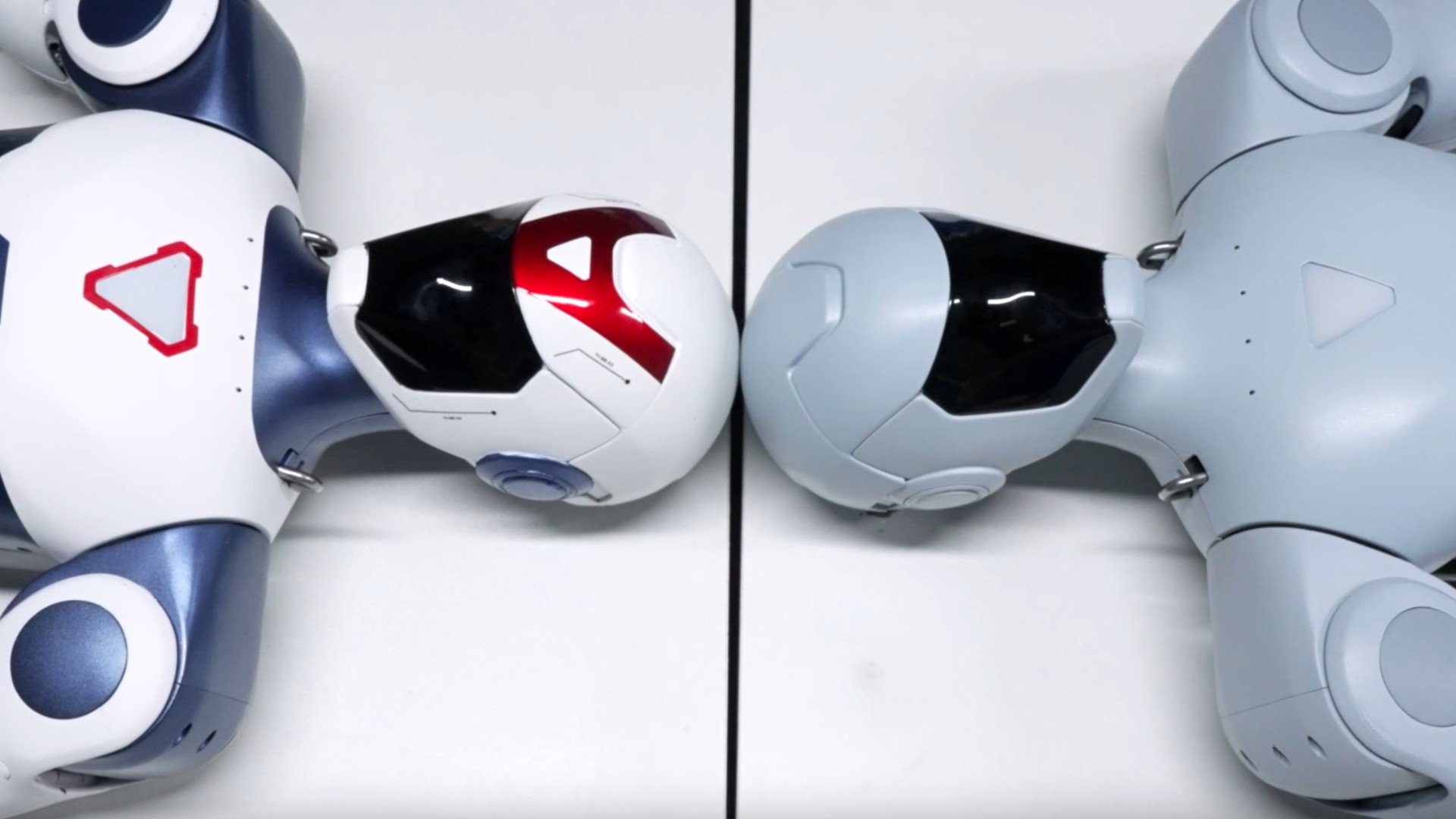R1 Is Here: Unitree’s Most Accessible Humanoid Yet—Starting at $6K

On July 25, Unitree unveiled the R1 through its official YouTube channel and social platforms, sharing an early look at a humanoid robot that remains in active development.
Built for flexible movement, responsive interaction, and real-world usability, the R1 represents Unitree’s ongoing effort to make humanoid robots relevant outside of research or enterprise-only environments. While details on specs and release timing remain limited, the initial reveal has drawn attention for its compact form, onboard AI, and potential to reach a broader range of users.
Curious how the R1 compares to Unitree’s G1 model, what sets it apart, and what it might signal for the future of personal robotics? Read on for a full breakdown — and don’t forget to subscribe to our newsletter for future updates.
Key Features of the Unitree R1
- Price Point: $10,900 – One of the lowest prices ever for a full-featured humanoid
- Weight: Just 25 kg – Ultra-lightweight, easy to handle, and safer in human environments
- Mobility: 26 degrees of freedom – Allows for fluid motion, balance, and expressive gestures
- AI Capabilities: Multimodal AI – Voice and vision recognition for real-time interaction
- Customization: Developer-ready platform – Designed to expand features and behaviors
- Size: Approx. 1.2–1.3 m tall – Compact for indoor navigation, demos, and lab environments
Note: The R1 is not available for purchase yet. Unitree has not announced a release date, but interest is already growing following the early reveal.
Unitree R1 vs. G1: What’s Different?
The R1 builds on Unitree’s earlier G1 platform, offering a more compact, lightweight, and approachable option for users beyond advanced research labs. The G1, priced around $16,000 USD, was designed primarily for professional and institutional use. The R1 opens the door to a broader audience, including developers, educators, and makers.
With 26 degrees of freedom compared to the G1’s 23, the R1 brings added articulation in a smaller form factor. It prioritizes agility, ease of handling, and real-time interaction, while scaling back some of the G1’s more advanced hardware options like swappable manipulators and extended battery modules.
In short, the G1 is better suited for high-end research and configurable industrial tasks, while the R1 focuses on accessibility and hands-on experimentation—ideal for creative robotics projects, educational environments, and lightweight prototyping.
How R1 Compares in the Humanoid Market
The future of affordable humanoid robotics may not be years away—it’s already starting to take shape, and the Unitree R1 is a clear step in that direction.
Unitree refers to the R1 as an “Intelligent Companion”, reflecting its aim to develop a more responsive and interactive humanoid platform ready for real-world use. In a field still dominated by advanced research platforms like Boston Dynamics’ Atlas and Tesla’s Optimus, the R1 offers a more practical alternative. While those robots are built for high-end industrial or conceptual applications, Unitree’s approach with the R1 focuses on accessibility, mobility, and interaction.
With its compact build, integrated AI, and entry-level pricing, the R1 stands out as one of the first bipedal robots truly within reach for educators, makers, and small development teams—not just institutional labs.
Instead of prioritizing sheer performance or complexity, the R1 encourages experimentation, customization, and creative prototyping. It reflects a broader trend toward making humanoid platforms that are not only technically advanced, but also adaptable and practical for everyday environments.
Want to stay ahead of the curve? Subscribe to our newsletter for updates on the R1 and robotics trends.
In the meantime, explore Unitree’s G1 humanoid or Go2 quadruped robot to see what’s already available today.
Photo credit: Unitree Robotics
Thanks for helping to keep our community civil!
This post is an advertisement, or vandalism. It is not useful or relevant to the current topic.
You flagged this as spam. Undo flag.Flag Post



